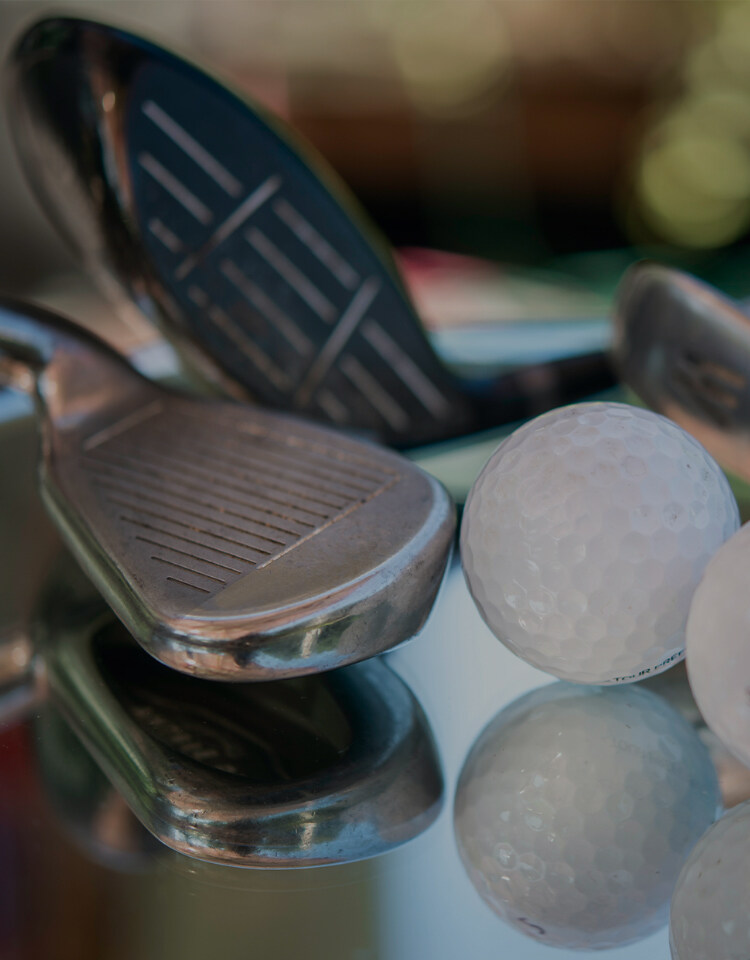Email cannot be empty
Password cannot be empty
Email format error
Email cannot be empty
Email already exists
6-20 characters(letters plus numbers only)
The password is inconsistent
Email format error
Email cannot be empty
Email does not exist
6-20 characters(letters plus numbers only)
The password is inconsistent

golf balls
Title: The Fascinating World of Golf Balls
Golf balls, an integral part of the game of golf, are not just simple spheres as many people might think. The design and mechanics of a golf ball greatly influence the game, making it more than just a small, dimpled ball.
A golf ball is a specially designed ball used in the game of golf. Its size and weight are regulated by the United States Golf Association (USGA) and the R&A, the two governing bodies of golf. According to their specifications, a golf ball should have a diameter not less than 1.680 inches (42.67 mm) and should not weigh more than 1.620 ounces (45.93 grams).
The most distinguishing features of a golf ball are its dimples. These small indentations on the surface of the ball are not merely aesthetic or traditional, but they have a significant function. Dimples create turbulence in the boundary layer of air around the ball, reducing drag and enabling the ball to travel farther. A smooth golf ball would only travel half the distance of a dimpled one.
The manufacturing process of golf balls involves several stages. A core, usually made of rubber or similar materials, forms the center of the ball. It's then surrounded by numerous layers, each having specific properties to affect the ball’s performance. The outer cover is typically made from urethane or Surlyn, with the former giving a softer feel and more control, while the latter is more durable and provides a higher initial velocity.
Modern golf balls can be categorized into two main types: two-piece balls and multi-layer balls. Two-piece balls, having a solid core and a durable cover, are designed for beginners and casual golfers. They are more durable and offer more distance but less control. In contrast, multi-layer balls, consisting of three, four, or even five layers, are for advanced players. They offer more spin and control at the cost of durability.
The evolution of golf balls is fascinating. Over centuries, they have evolved from wooden spheres to feather-filled leather pouches, from gutta-percha balls to today's advanced multi-layer designs. Each development was aimed at improving the performance of the ball, and thus enhancing the game of golf.
Choosing the right golf ball is crucial for golfers as different balls have diverse performances based on their construction. For example, some balls are designed to travel longer distances, while others are designed for better control and spin. Therefore, golfers often choose their balls depending on their skill level and the specific demands of their game.
In conclusion, golf balls are not as simple as they appear. They are a product of extensive research, precise engineering, and innovative design, all aimed at enhancing performance on the golf course. With their uniquely dimpled surface and complex multi-layer construction, golf balls are truly a marvel of sporting equipment. Whether you are an experienced golfer or a casual player, understanding the intricacies of golf balls can certainly add an extra dimension to your appreciation of the game.








